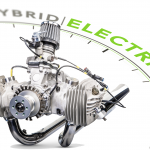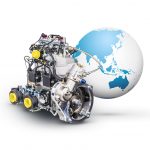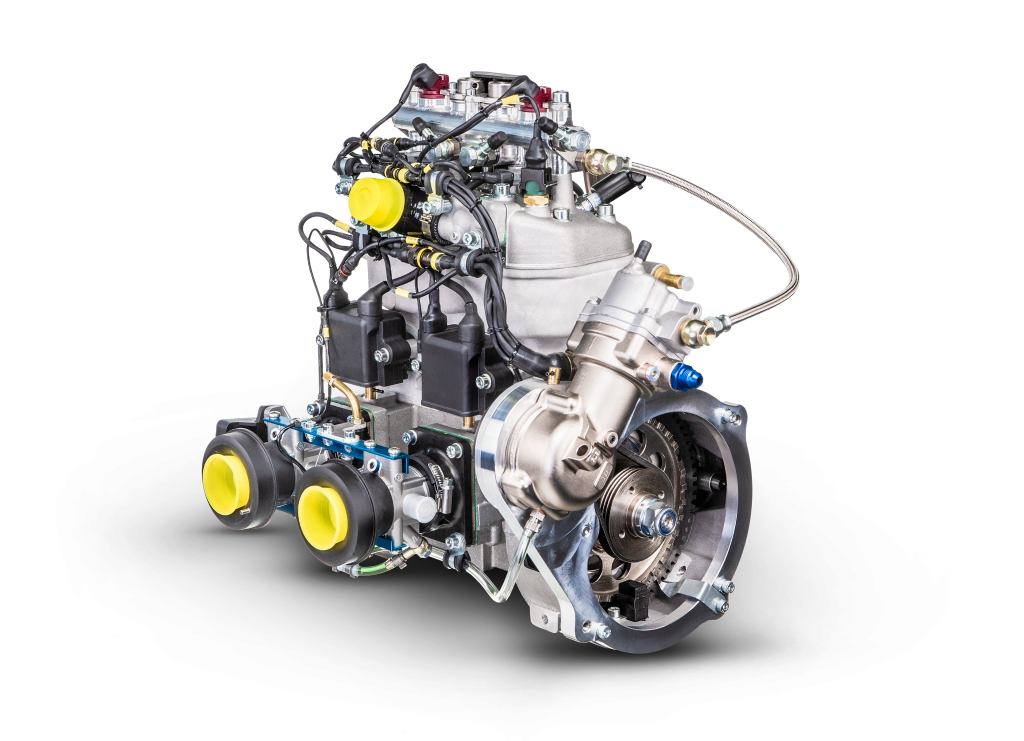The UAV market is a high growth market; recent forecasts state that it is projected to grow to USD 52.30 billion by 2025 at a CAGR of 14.15 percent from 2018. The reasons for this are due to growing adoption in the maritime, military and commercial sectors, for uses including monitoring maritime borders, search and rescue, electronic warfare, law enforcement activities and even monitoring harsh terrains such as the Arctic.
The simple truth of the matter is that the market is growing year-on-year as the technologies used in unmanned platforms increase in sophistication. Ultimately, people understand more about the benefits UAVs bring and the roles they can play. With the amount of applications continually rising, this brings with it a continual requirement for innovation, not only in the design of the platforms and sensors used, but in the engines and what they can enable. The increased adoption rate can be attributed to the rapid technological advancements taking place in the field of UAVs, including propulsion systems.
The need for longer endurance, more efficient engines, reduced logistical footprints, lightweight platforms and safer operations are all at the forefront of customers’ minds. To meet these needs, engine manufacturers such as Hirth Engines are continually looking to the future by building highly efficient and effective two-stroke propulsion systems. The reason is simple: the performance, durability, reduced energy requirements and ease of maintenance for two-stroke engines is unbeatable and provides an ideal platform for the future of aviation, manned or unmanned.
Why two-stroke?
The two-stroke engine provides UAV manufacturers with many benefits. One of the most significant is the improved maintenance intervals which provide lengthy time between overhauls (TBO) in comparison to other engine groups such as the wankel. In addition, the two-stroke engine from Hirth provides an ability for UAVs to operate on heavy fuels including Jet A-1, JP-5 and JP-8 – a must for navy ships across the globe.
Alongside these advantages, the quantity of fuel is optimised in all conditions with two-stroke engines – altitude or climate – meaning more power can be generated at a lower fuel consumption. Two-stroke engines also offer an ability to set the mixture composition individually, in comparison with the vacuum dependant and gas dynamic influenced carburettor.
Further advantages include the significant power-to-weight ratio gained through the use of a two-stroke engine. Lighter than many of its counterparts, this is a key benefit for UAV manufacturers. In addition, with two-stroke propulsion systems, automatic speed limitation is possible through the ability to interrupt the fuel injection, resulting in a reduction in misfiring. This can be added to a smooth acceleration from idle to maximum speed, which results in an increased operational reliability in comparison to other types of engine.
Finally, two-stroke engines provide UAV manufacturers with advanced sensor and actuator technologies. They also include the benefit of no icing of the mixture components or the carburettor, and the trailing throttle fuel cut-off can be reached at above 1,800 rpm.
Is there a future for two-stroke?
Looking to the future of the two-stroke revolution, hybrid applications are now being invented to enable the UAV industry to take essential steps to not only become more efficient with their platforms, but to fly for longer. For example, Hirth Engines new hybrid system can be run in three different functions: the gasoline engine drives the generator that powers the system; the battery part means the system can be run purely on electric which provides significant advantages in relation to noise levels and CO2 emissions; and finally, the battery can be used to provide a boost during take-off.
The advantages of these types of hybrid applications include the fact that they provide lower power to weight ratios therefore enabling higher payload capacities whilst the lower torque and the absence of voltage peaks reduce energy requirements. In addition, the hybrid application provides the advantage that the engine can be set-up from the beginning on the best economy RPM point, meaning the engine will require less fuel and therefore will benefit from an extended range.
Safety is a further significant driver to why hybrid applications are being pursued. For UAV manufacturers, having the ability to convert to an electric battery should the combustion engine fail for any reason could make all of the difference in enabling a safe landing.
However, hybrid applications are not the only innovations on the horizon. Moving further into the future, the biggest challenge for UAV engine manufacturers is the ability for UAVs to fly purely on electrical engines. An all-electric system eliminates the need for liquid fuel as well as the heat and lubrication issues associated with gas engines. Electric motors are quieter as well, which is an advantage in surveillance applications, although hybrid developments enable the operator to choose ‘stealth mode’ when required. Like their surface vehicle counterparts, converting to pure electric is a significant challenge for aircraft, but one that is most definitely worth pursuing for what is a fast growing, dynamic UAV industry.













